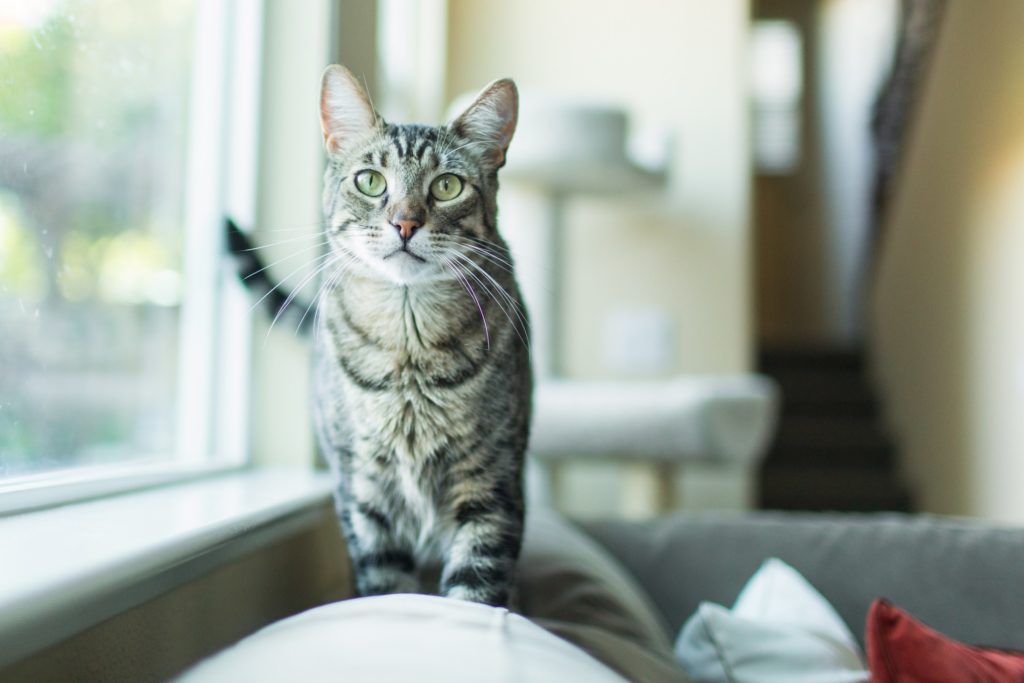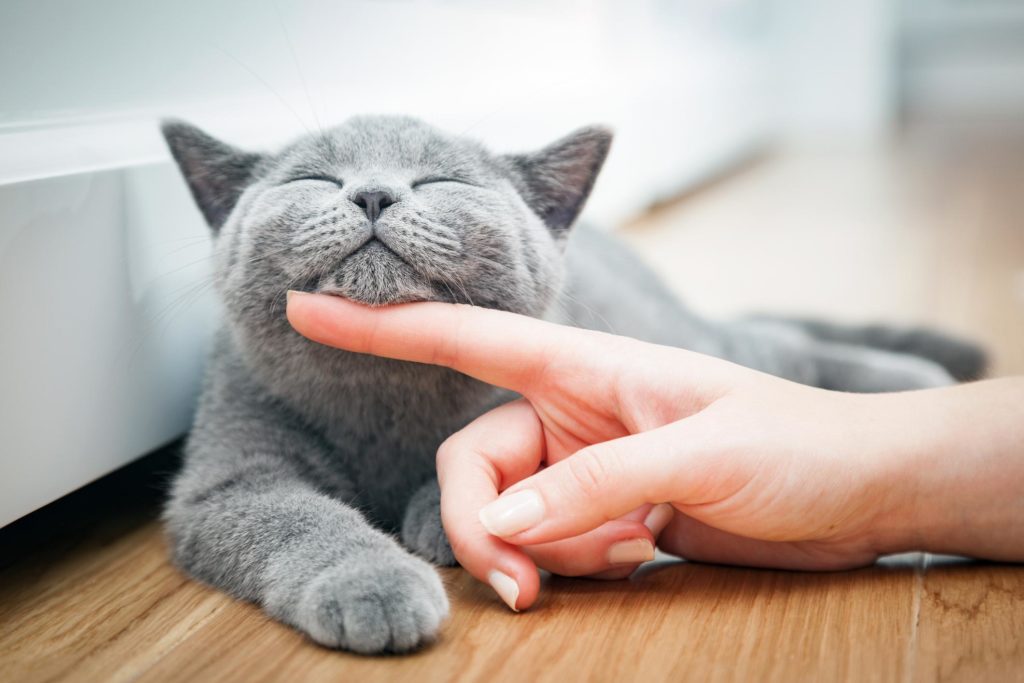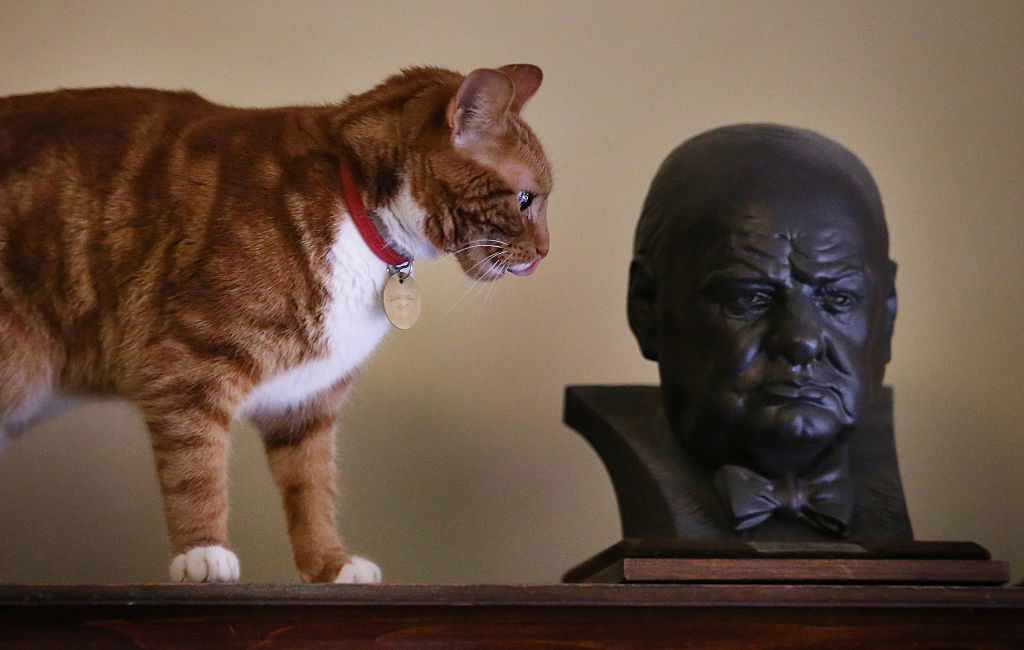It’s time to open up a can of tuna and celebrate National Cat Day on Oct. 29, and if it’s true cats have nine lives, that’s almost as many days that are devoted to worshipping your furry feline – a case of duplicat-tion if ever there was one.
In addition to National Cat Day, there is also International Cat Day (Aug. 8), World Cat Day (Feb. 17) and Japan, a nation of cat lovers, celebrates its own Cat Day on Feb. 22. Maybe Hallmark doesn’t make a card for each of these occasions – no doubt a near cat-astrophe – but Whiskers does deserve some attention, agrees Dr. Audrey Cook, a cat expert at Texas A&M University’s College of Veterinary Medicine & Biomedical Sciences.
For starters, cats go back a long way and no surprise to cat owners, they sort of did things their way: researchers now believe that cats actually domesticated themselves at their own pace, and were living near farms to catch rodents as long as 12,000 years ago. They gradually cozied up to humans – on their own terms, of course – and became companion animals and eventually pets.
For them, domestication made life a lot of easier – the cat was out of the bag, so to speak.
“In the wild, cats had to spend a lot of time hunting for food,” Cook said. “And they would rest when not hunting. Domestic cats don’t need to hunt, so they prefer to sleep, and cats do like to sleep. Plus, what else would you expect a cat to do – housework?”
Some fur-midable cat facts include:
- Cats do like to sleep, and spend as much as 70 percent of their time sleeping
- Cats have 32 muscles in their ears (humans have only 12). Their ears also helps them maintain balance and the ability to right themselves when falling.
- Most cats tend to be more left-pawed than right.
- Cats only meow at people – not at other cats. They do this because they’ve learned they will get what they want.
- Famed scientist Sir Isaac Newton invented the cat door to allow his cat to come and go as it pleased.
- When a cat rubs against your leg, it’s probably not affection but instead it is marking its territory.
- In Egypt, cats were considered divine.
Famous cat lovers include Winston Churchill, Abraham Lincoln (he always had at least four cats in the White House), writers T.S. Eliot, Charles Dickens, Lewis Carroll, Ernest Hemingway (who owned at least 30), Edgar Allen Poe and Mark Twain (who wrote, “When a man loves cats, I am his friend and comrade, without further introduction”) and celebrities Katy Perry, Taylor Swift, Regis Philbin and even rapper Snoop Dogg.
So why are cats so cat-like?
“Cats are plenty smart, but they just don’t like doing what they don’t want to do,” Cook said. “It’s hard to motivate cats, so training them can be a big issue. But that’s their nature – why do something you don’t have to?”
And one more thing animal lovers may paws to reflect: There are more cats out there than dogs – at last count, 86 million cats to 78 million dogs in the United States – but when it comes time to spend money, dog owners win the bone, spending more than $1 billion annually on dogs in the U.S. compared to a paltry $100 million on cat treats.
Just one more reason, no doubt, for felines to have that quirky cat-titude.
Media contact: Audrey Cook at (979) 845-2351 or AKCook@cvm.tamu.edu Or Keith Randall, at (979) 845-4644 or keith-randall@tamu.edu.








